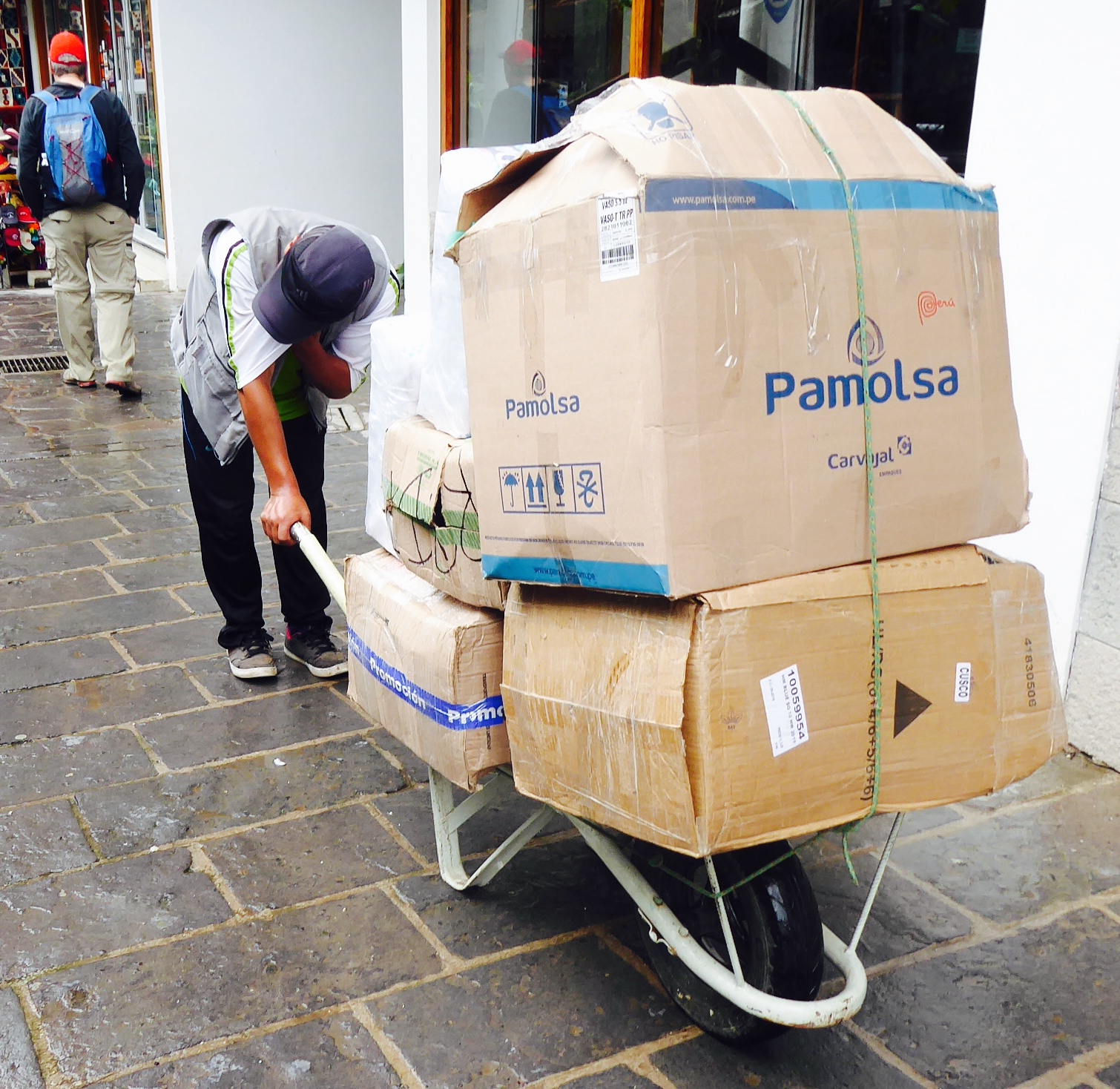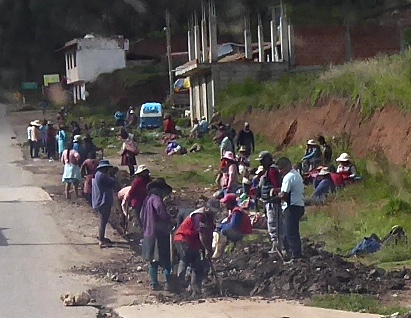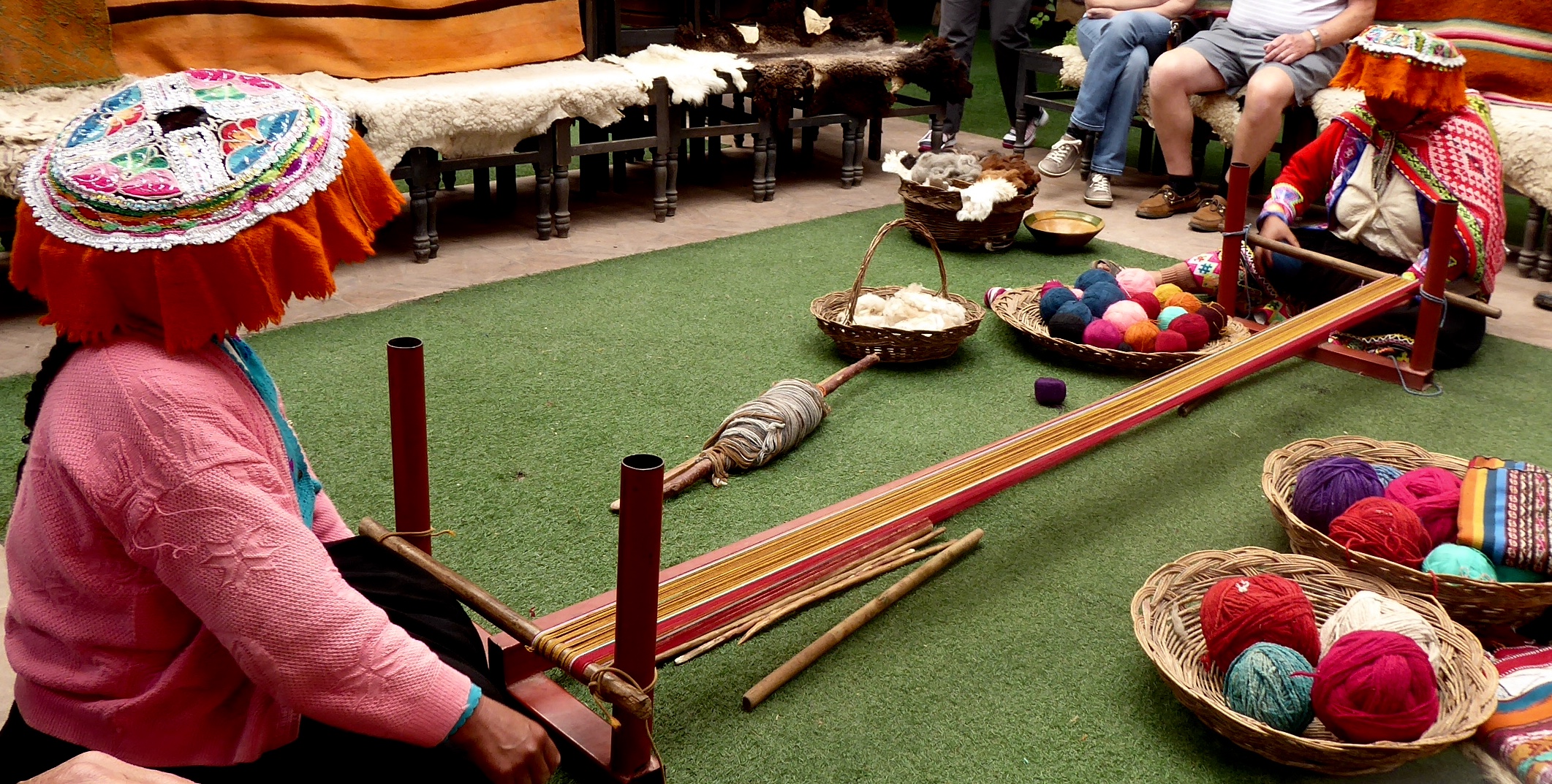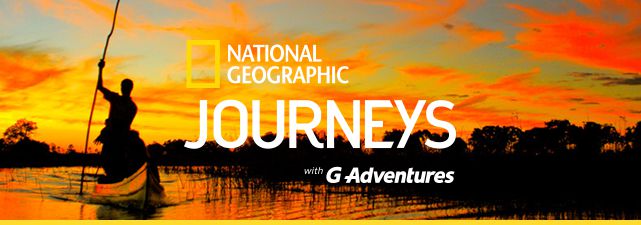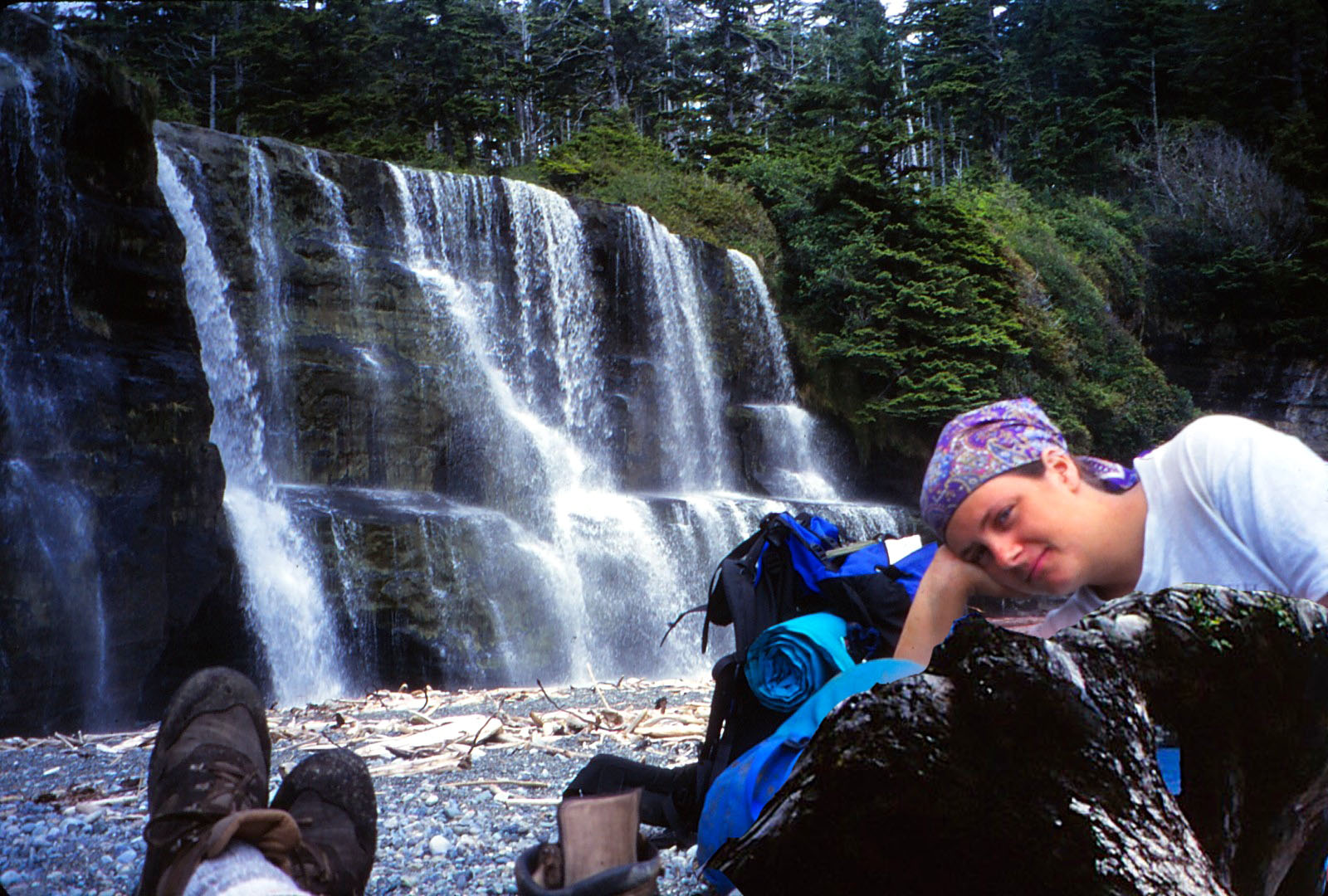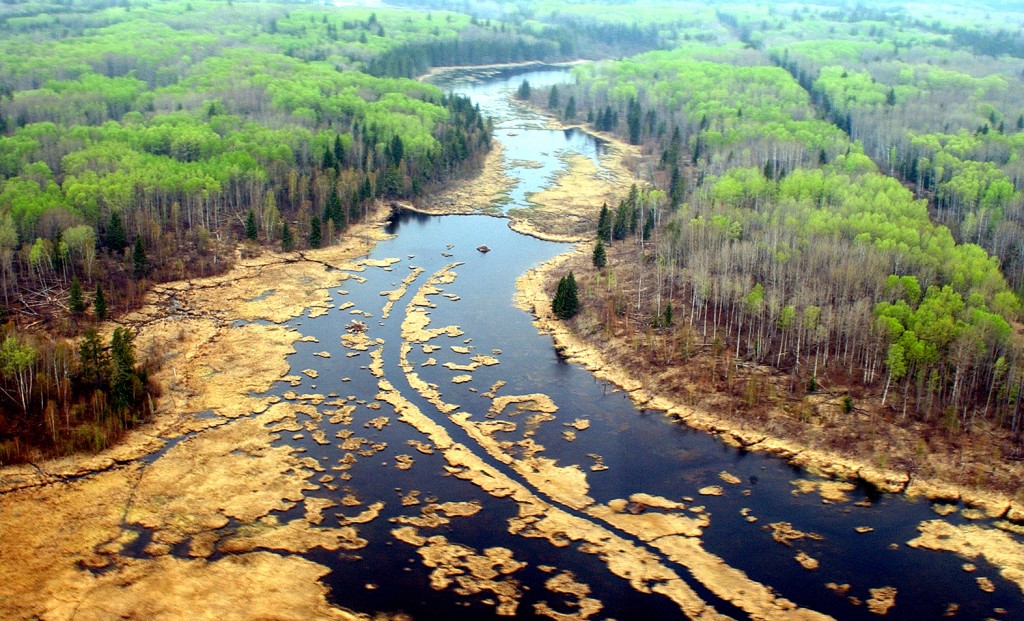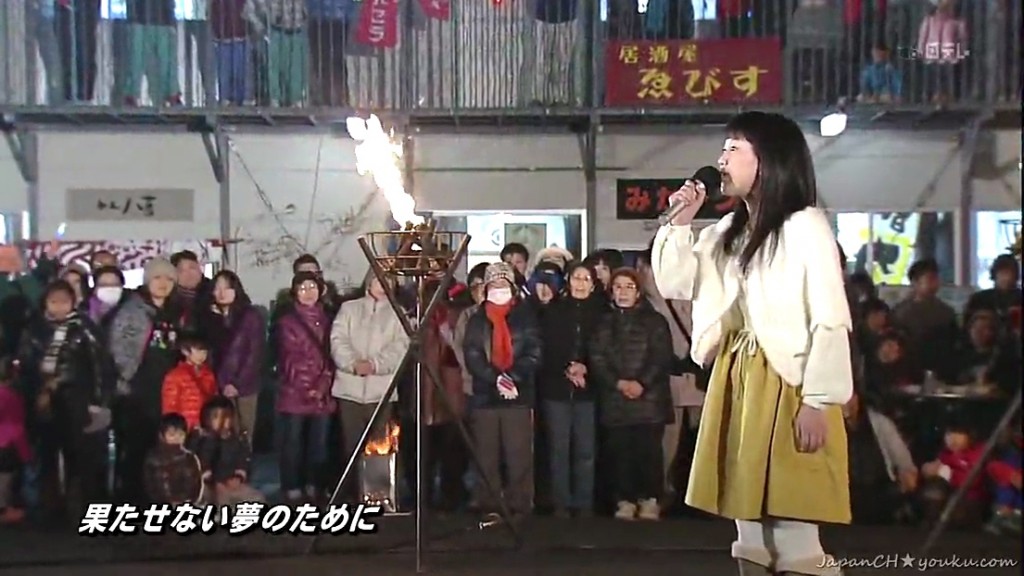Touching the Old World in the Balkans
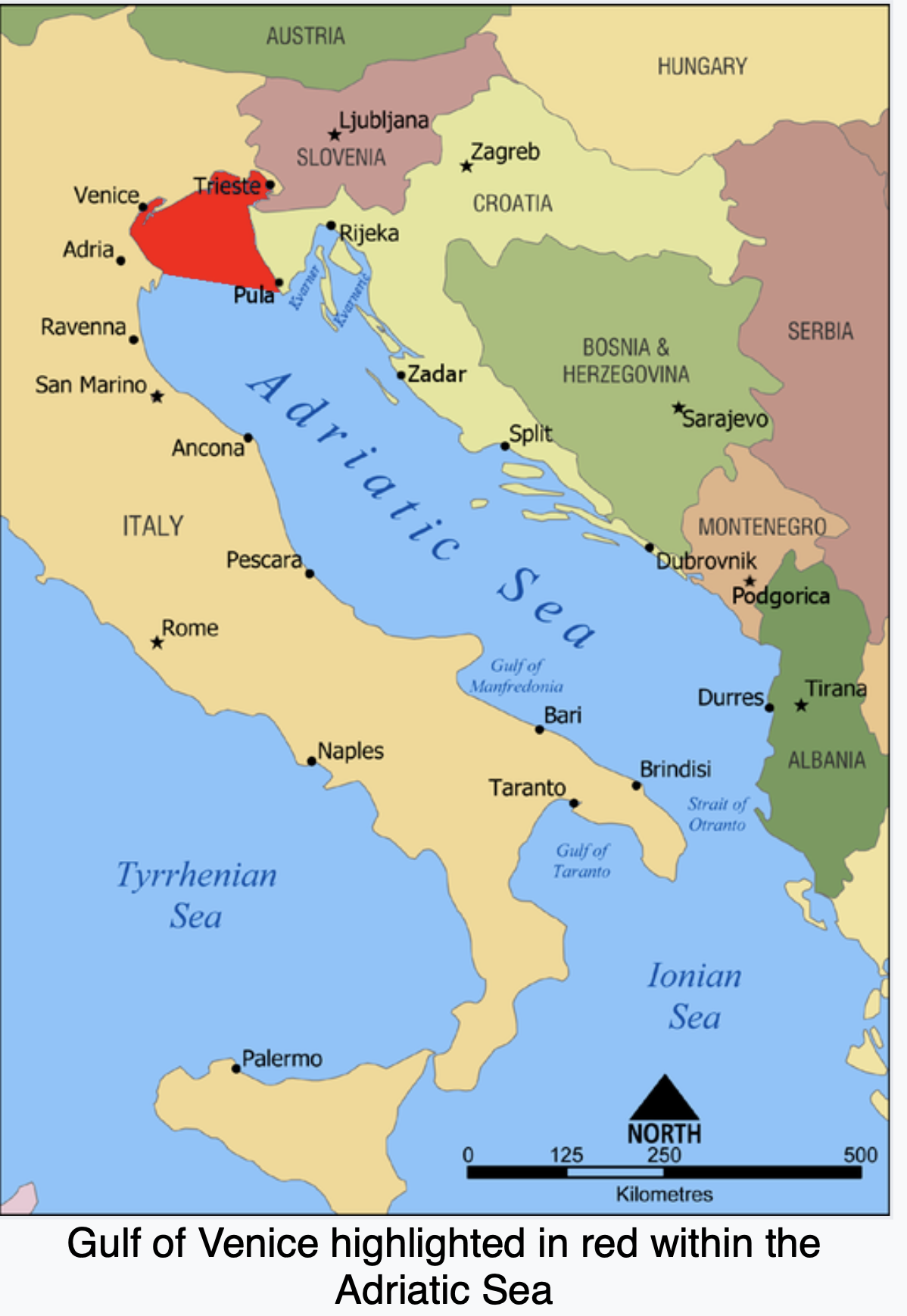
It was hard to bid farewell to Venice as it is such an amazing city. The water, the art, the culture of old and new. Plus, just by chance we happened to meet a couple we had shared time with in the Swiss Alps on our way to the Top of Europe. Saying good-bye is difficult so we stopped saying that and now just part with “cheers, see you at some future stop.” We wave and board the high speed ferry.
1. Across the Gulf of Venezia to the Adriatic.
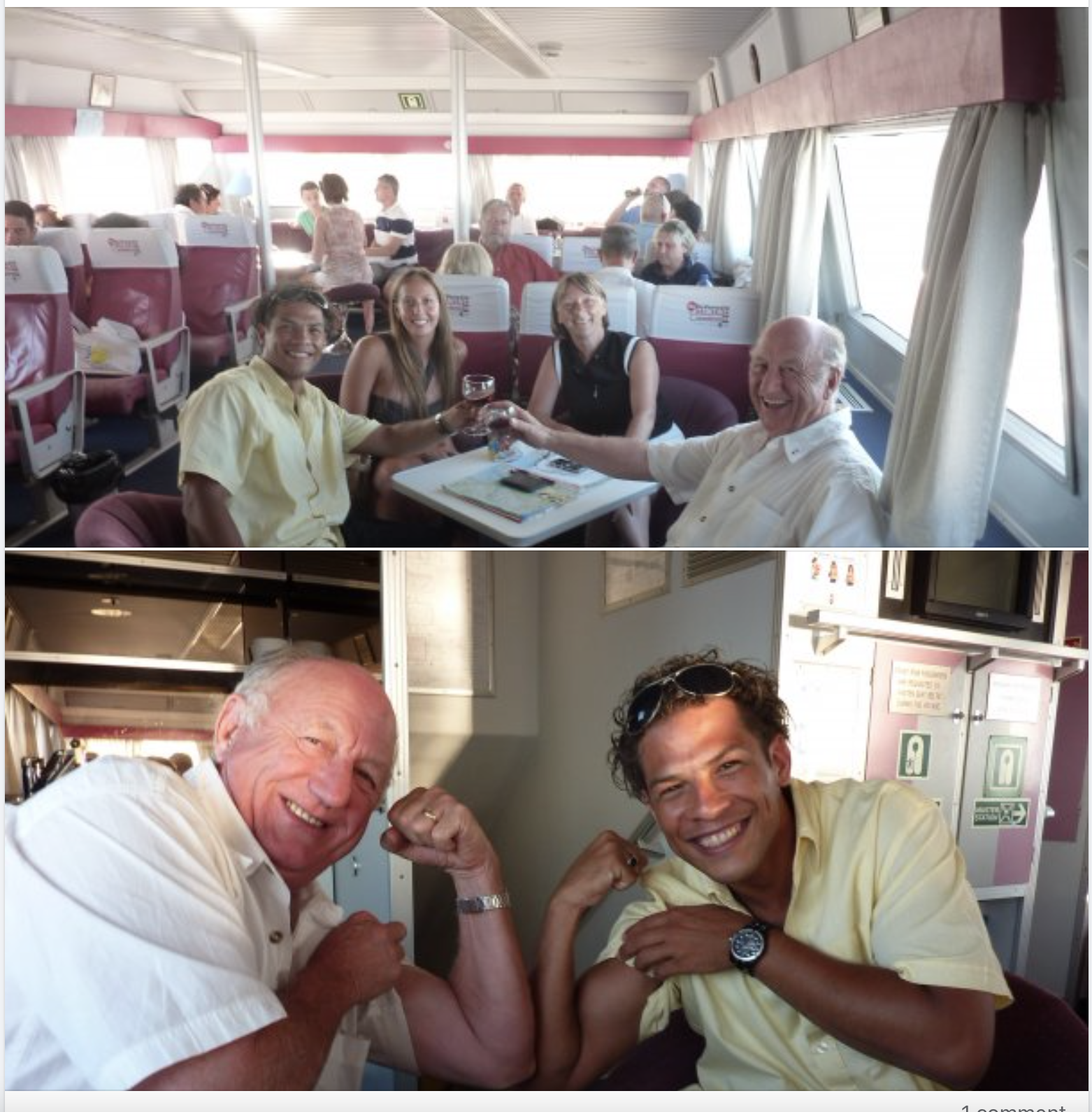
The feelings of melancholy on leaving Venice do not last long. We have luxurious seating on the upper deck of our high-speed catamaran. We were no more than 25 minutes into our four-hour trip when we chanced to meet a young couple from Queens (New York). He, a deeply tanned, ebullient young man (perhaps Sean at a more mature age), who grew up in the Dominican Republic. She, from a small town just a few minutes from where our friends from Victoria are staying with their families near Labina in Istria.
They travel back to Croatia each year to spend time with her family and then return to the bustle of New York, where their lives are centred. We exchanged travel tips (places to go and things to see) and shared stories of our varied families, homes and views of the world. Ah, she also mentioned she is a skydiver, and they loved the pictures of our experience paragliding high over the Alps when in Interlaken visiting friends. It would be great to meet this young couple again.
Croatia appears in the north as we travel past Pula, near the southern tip of Istria and glide into Rabac harbour. The hillsides are covered with colourful homes and great bursts of flowering shrubs. The harbour below is filled with boats, and the sidewalks with people. We are greeted at the terminal by our friends Adriano, Rosana and their daughter Vanessa. They never expected we would one day meet them in the country where they grew up.
2: Meeting the Families of Friends from Victoria
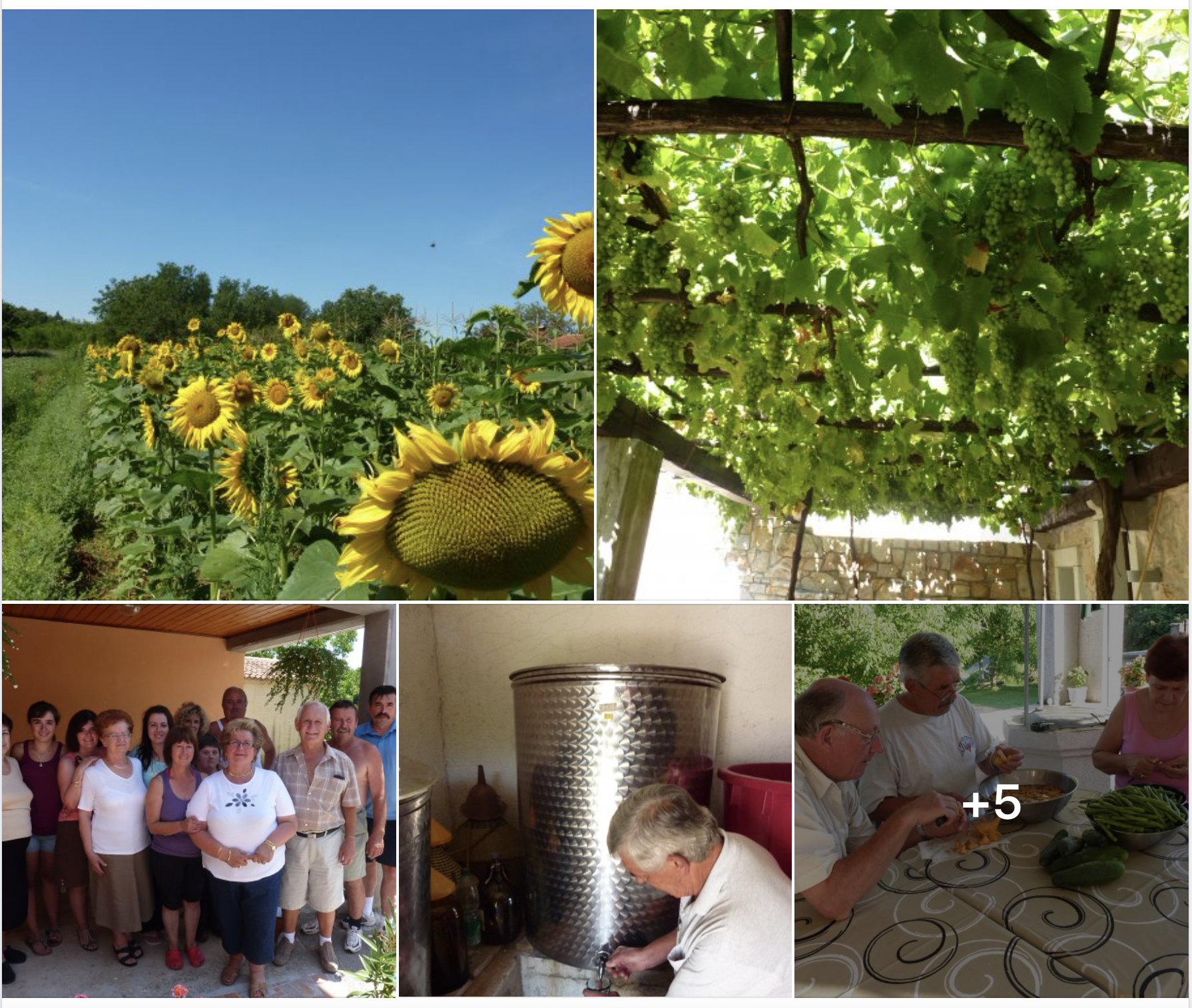
Our trip to meet Adriano’s mom and dad (we met them ten years earlier when they visited Victoria – his dad and I are only four months apart in age) is very quick as Adriano is free to drive in his preferred style (fast and furious with traffic control signs acting only as a very loose guideline that can be observed or not as impulse might dictate.
After a short visit, we are off to meet Rosana’s parents, who are also just visiting from Victoria (also our neighbour’s Royal Oak)) who maintain a home where Rosana grew up (5 minutes from Adriano’s childhood home). Present is her grandfather, two uncles, an aunt and several other relatives and friends.
Her parents are leaving the next day (after six weeks) and heading back to Victoria. They kindly offered us the use of their home for a couple of days while we got oriented. They have been in the process of renovating over the past few years, and it is a lovely place in a farm setting alongside other relatives.
Even though we have a language barrier, we feel most welcome. To give you a sense of this small farm area (as compared to our homes in Alberta, these homes and large tracts of land have been in these families for 400 500 years or more – no one knows how far the families stretch back. It is clear that all things being equal, these homes will stay in the families for hundreds of years into the future as they pass from family to family, and even those that live in other countries maintain a share.
The homes themselves are built to last hundreds of years as the walls are nearly a foot thick, and the tile on each roof looks to last a hundred years after an installation and periodic repair. They also have smoke and curing rooms that are not used as much now but still serve the families well. There is also the “vina room”, where each family prepares ample quantities each year from grapes grown on their vineyards with meticulous care.
The wine flows freely, and the food is sumptuous. Lynn has even taken to having a glass of wine at the most unusual of times (did I catch her having a little vino at breakfast?). In the early afternoon of our second day, Adriano and Rosana leave to drive her parents back to Zagreb for their flight back to Canada. The parting is touching as tears are evident in the eyes of the whole family – they all maintain close family connections even though they spend most of their lives living thousands of miles apart.
Lynn and I will long treasure meeting with these families and count the visit to Istria as among the highlights of our travels over the past several months.
(109)
A South American Adventure
South America: From the Pampas of Argentina to the Peruvian Andes and
Machu Picchu: A tour of south central, South America
For a representative series of photos, Link Here)
(Note: The Falklands Islands is included on the tour, but was not included in the above map – reference the photo series for a second map)
Update: February 25, 2019. We are now back in Canada and the process of writing several short posts about our experience is underway. The post will not be written in chronological order. A list of links will be added here:
Peru, A Different Perspective: Includes 12-minute slideshow of photos taken through the windows of planes, trains, and automobiles.
Peru and the Inca: Back to the Future: Compares the science of the Inca to that taking place in the University of Victoria today.
South America: A Long Day, a Hard Life: Comparisons between South America and Canada
The Falkland Islands: Our Perceptions of the Islands.
Original
Looking for something exciting to kick off the New Year in 2019? Yes? Well, we invite you to join Garth and Esther Dunn, Lynn and Harold McNeill and a host of like-minded adventurers on a 3-4 week air, sea, coach, and rail tour of south-central South America and the Falklands. Highlight – Machu Picchu!
(962)
South America: A Long Day, A Hard Life
A long day, a hard life.
A South American Adventure The introductory Post
Peru, A Different Perspective: Includes Slideshow
Peru and the Inca: Back to the Future Inca Agricultural Research
The Falkland Islands: Our Perceptions of the Islands.
This post seeks to compare everyday life in rural and small-town Peru to our lives in Canada. While I think people in Peru are generally happy with their lives (in terms of family, friends, and neighbours), life does look to be far more difficult than in Canada. It makes me wonder why, in Canada, we seem to complain about the least little thing when our standard of living and level of privilege appears to be considerably higher than in Peru.
1. To what extent does luck play a role in our lives?
A man about my age (late 70s), pushed what looked to be a backbreaking load along a street in Aguas Calientes (I), the last small town before Machu Picchu. He stopped and leaned over breathing hard. After resting a few moments, he straightened, stretched, and with gritty determination grabbed the handles of his wheelbarrow and continued.
As we passed, our eyes met, he nodded and we smiled. While he was obviously weary, the smile and sparkling eyes suggested a happy man. As he continued along his uphill path, I continued down taking more photos of life in small-town Peru. A few minutes later, I met another man pushing a similar barrow full of goods (photo in the footer), and he too wore a happy smile accented with sparkling eyes. We also exchanged smiles and passing nods. It looked to be a tough life for the two men their later years.
Later that day, while passing through another small town, a group of townspeople (photo taken from our bus as we drove through) was cleaning (or rebuilding) a drainage ditch. We are told by our guide that everyone in small towns sprinkled across rural Peru, have a standing obligation to help build, then keep public works systems clean and functioning. It looked to be a tough way to spend the weekend, but there is also the aspect of a community working together to make life better for everyone.
This photo shows only one part of a large group of people spread over two or three blocks on the edge of their village. They were working to build or repair a drainage system, an essential part of these high mountain communities (we were outside Cuzco at about 12,500 feet at the time).
The photo below, along with a slideshow) provides a glimpse of a group of women, ancestors of the Inca, who, with the help of a National Geographic grant, started a weaving business a few years back. They now have a thriving operation that caters to an increasing number of tourists passing through their village of Chinchero, a community of about 20,000 Quechua (catch ur ah) speakers, located on a 12,500-foot plateau a few miles northeast of Cuzco.
While they work exceptionally hard (by our standards at least), their efforts provide only a modest living for their families. A full outline of their business venture is described in a National Geographic article of some years back. Such is the working life for many ordinary men and women in Peru and other South American countries.
These women may work several weeks creating one table cloth or a day creating three or four little belts that are sold for $2.00 each.. They may sell one or two belts per day and a table runner every week or so. It may be weeks before they sell one of their intricately woven table cloths. Every part of the weaving process uses natural products of Peru including the dyes which are handmade on site. (Chinchero Cultural Centre)
WEAVERS SLIDESHOW
Think about this. If we were dealt different cards in life, we could be any one of these men or women, and they could be us. Whether we carry a heavy load in the third world, or we lay back watching a big screen TV in Canada (a smartphone tucked by our side) a good part of the reason we are where we are, is based on the luck of our birth.
(312)
An African Adventure
An African Adventure/G Tours
NOTE: Six albums of the tour photos of this adventure is now posted
on the McNeill Life Stories FB Page. One is yet to be posted. A full post story will be added to this blog in January 2018.
Link Here to Photo Albums from Cape Town to Kruger, Karongwe
and Victoria Falls. One album yet to be posted.
Link: An African Adventure
Victoria, B.C.
One afternoon in late June, my cell phone rang.
“Hello.”
“Hi, Harold, Garth here.” (Nonchalantly): “Hey buddy, you interested in an African adventure?”
(…thinking…sure Garth, what’s the catch? I thought we were all going Russia, right? St. Petersburg, remember?)
Garth (excited): “Guess what? I just won an all-expense paid trip for two compliments of the BC Lottery Corporation.”
(…Wow…are you asking me if I want to go with you? Awesome, but what about Esther and Lynn? Don’t you think they might be a little upset? No kidding, you won again, you lucky bugger.)
Garth just wins these sorts of things. Not that long ago we were at a Rotary fundraiser in Sidney when Garth won an all-expense paid trip for two to Ireland. Am I surprised? Not one bit. Jealous? Perhaps a little, but hey, it’s inspiring, and it keeps these old bones moving.
Besides, Lynn and I were also winners that night in Sidney, as just when they were drawing Garth’s ticket for the Ireland trip, I received a cell call from the Victoria Humane Society telling me Lynn and I were approved to take that little Shih Tzu puppy we had our hearts set on. It was Garth who tipped us off about that puppy.
He interrupted my thoughts: “Think you and Lynn can join us?”
(…awe, not just me then… silly question. After so many shared adventures and so much fun traveling with the two of you, we couldn’t let you head out to deep dark Africa without us. Remember we did the Middle East in the middle of a war. So here we go again as this is obviously a Dunn Deal.
Harold: “For sure Garth, let’s look at the numbers. Have you told Esther?”
Garth: “Not yet.“
(612)
Climate Change: Ground Zero
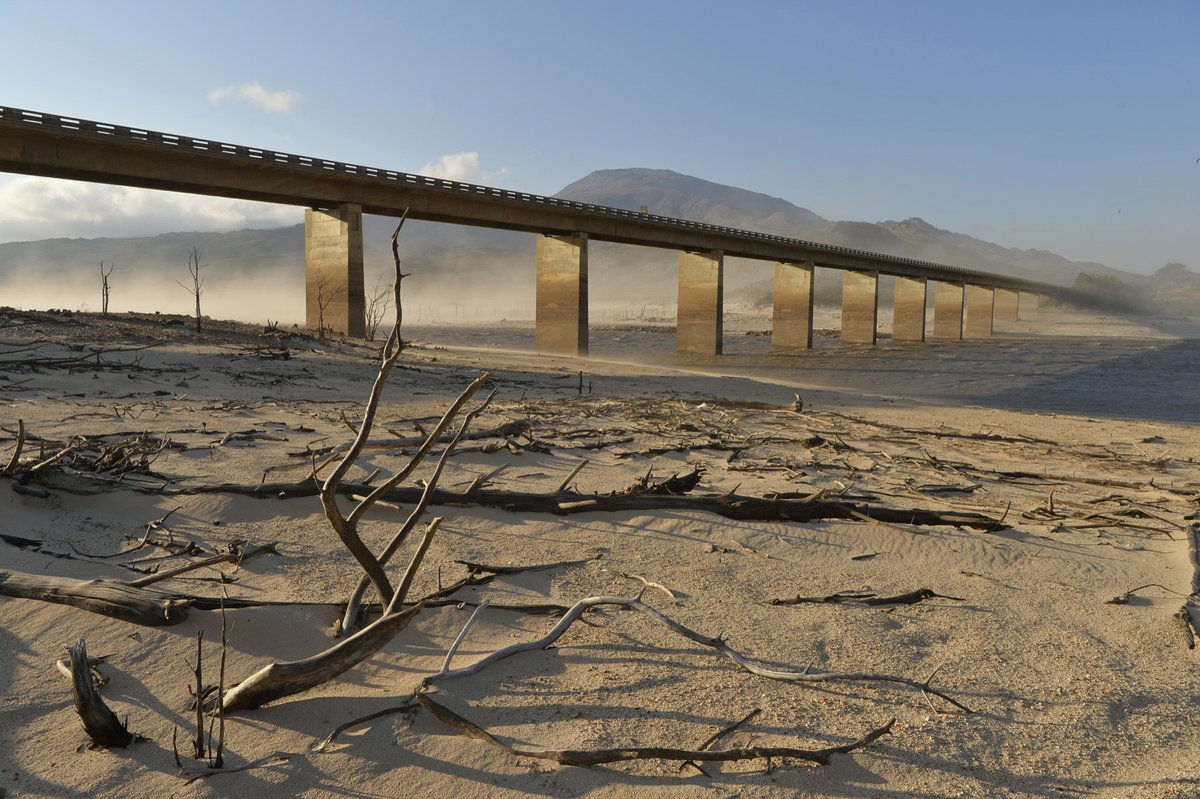
Climate Change, Ground Zero: April 21, 2018
The day the taps will be turned off in Cape Town, South Africa.
(Photo album of Cape Town)
(Jan 28, 131)
As we arrive in Cape Town, South Africa, a Metropolitan area of 3.7 million, a large sign at our airport advised the city was experiencing a severe drought and while the sign urged us to 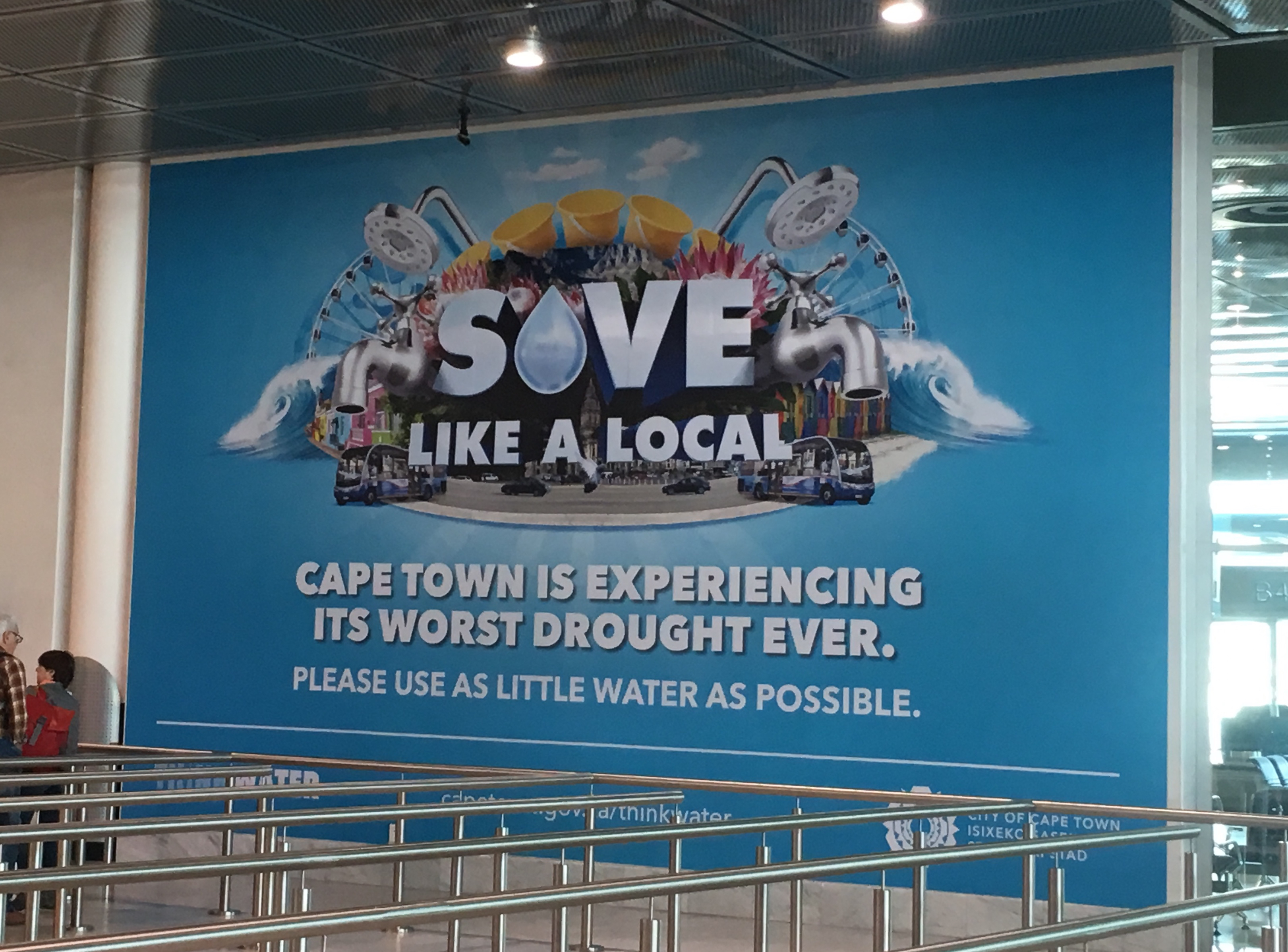 conserve, the welcoming nature of the sign did not impart the notion of just how critical the situation had become.
conserve, the welcoming nature of the sign did not impart the notion of just how critical the situation had become.
Photo: This was the sign. Perhaps a photo of the Cape Reservoir (above), along with a hard message might have had more impact of just how critical things are now, not years from now.
(439)
Precious Memories: The West Coast Trail
Happy Birthday Kari
The beautiful Tsusiat Falls where father and daughter took a well-deserved rest.
All that is left of the father is his boots and socks. “Yaa! But you’ve made it over halfway Dad. That’s good isn’t it?” Guess who helped him?
January 1, 2018 (337) (April 17, 387)
Dear Kari,
It’s hard to believe twenty years have slipped by since we completed that magical eight-day trek on the West Coast Trail with David and Jenn. What inspired me to prepare the following slide show and write this post was finding that old slide tray tucked away in one of the storage boxes. It brought back so many fond memories for me and I bet it will do the same for the three of you. As I was writing this post I spoke several times to David, as well as to your Uncle Barry and Auntie Agate.
Before getting into the details of the trek, take a few moments and enjoy the slides as they slip by. I tried to find music that expresses the love a Dad has for his children and, as well, displays the sense of pride that comes from having one of your children lovingly act as a mentor and guide in taking on a difficult challenge. The three songs were selected after pouring through dozens of father/daughter/son lists posted on the web.
Precious Memories, J.J. Cale
When You Need Me, Bruce Springsteen
Wildflowers, Tom Petty
The photos in this slideshow have also been uploaded link to the
McNeill Life Stories Facebook Page
Opportunities arise but once.
Life provides many opportunities for adventure, but when one declines an opportunity for any reason, it is most often gone forever. Having achieved a Golden Age in retirement and understanding this, when our oldest daughter Kari phoned and ask if I might like to join her and a cousin from Montreal, David McGregor and his friend, Jenn D’Aoust, in challenging the West Coast Trail, the answer came without a second thought, “yes”. Sure I had concerns about my ability to tackle that particular trail, but if my daughter thought I could do it, who was I to argue?
Also, it gave me comfort knowing she was an experienced backpacker, held an Industrial First Aid Certificate (just in case pops packed it in), had tackled that trail twice before and, being an extraordinary backcountry trekker had at one time considered taking up a career in the emerging field of Eco-Tourism.
When this opportunity arose I was nearly two years into retirement, in fair shape and while I hadn’t recently attempted any long-distance wilderness hiking, I remember Kari’s comforting words: “Don’t worry Dad, you can do this and, besides, I’ve got your back.” Hmmm! Of course, it was a done deal as when someone, particularly one of your children, offers to share a moment like this, It must be taken as the memories will last for the rest of your life.
(980)
Growing the Kinosoo Legend
Photo (Web Source) (Headwaters of Martineau River, Northeast Alberta): This photo suggests a time in the past when the Cold Lake area was tropical, a time when the tar sands were being formed and when all manner of pre-histortic fish, animals and birds habitated the area. Is it possible some species from that pre-historic era can still be found? Could the Big Kinosoo be one of them? If you are from Alberta, particularly from Cold Lake, help is needed in Growing the Kinosoo Legend
Link to Next Post: Origin of the Legend
Link Back to Adventures Index
Link to Part 4, Otter Down in French Bay
Introduction
My goal in writing this series is simple – to help that legendary fish, the Big Kinosoo who lives deep in the waters of Cold Lake, Alberta, to grow in stature. While our very own Kinosoo has not yet reached the mythical proportions of the Lock Ness Monster of the Scottish Highlands, Ogopogo of Okanagan fame, or that famous bushman of the Pacific Northwest, the Sasquatch, working together we can change things for the Kinosoo. While anecdotes abound, they are necessary but not sufficient for that fish to reach iconic status. Like the other Great One of Alberta, we want people to become hushed and bow down whenever they hear the name Big Kinosoo.
To do this we must search out new stories, stories that include scientific fact which points toward existence of historic big fish. It would also help have a government or military cover-up, perhaps one that could turned into a full-blown conspiracy. Conspiracies are, after all, nothing more than a few solid facts mixed with a lot of fiction. While our Kinosoo might never become as big as the cover-ups carried out in Area 51 that abuts the Edwards Air Force in Nevada, with new information recently secured from Guy Venne, a man who grew up in Cold Lake, we can make a good start. To ensure our Great One of is given his fair due, we must blend fact and fiction into a credible story just as the other Great One has done.
(1886)
Victoria-Morioka Friendship Society
We bid a special welcome to Miss Misaki Usuzawa, winner of the Japanese new singer of 2012.
Miss Usuzawa, a student at the Ootusuchi Junior High School, encouraged people along the coast with her songs following the Great Disaster of 2011. (Link to Times Colonist article)
Welcome Friends from Japan
We begin this week with a visit by several friends from Japan who made our 2013 tour to that country so memorable. Mr. and Mrs. Rioichi and Ayako Taguchi were enthusiastically greeted at the airport on Saturday. Although it is not their first visit to Victoria, it is such a pleasure to have the opportunity to share our city with them.
Sadly, Mr. and Mrs. Yocihi and Rieko Sakashita, who also graciously hosted us during our recent visit to Morioka, are now unable to make the journey. We shall greatly miss the opportunity to return their kind hospitality and will look forward to seeing them again in the future.
Also attending later in the week will be Mr. Toshinori Suzuki, Principle of Ootsuchi Junior High, the West Coast school devastated by the 2011 tsunami and which we visited last year. He will be introducing one of his students, Miss Misaki Usuzawa, a folk singer who won the grand record prize as the Japanese new singer of 2012.
The young artist, just now entering her mid teens, comes from one of the areas devastated by the Tohoku quake. She is considered a genius singer, excelling in the traditional style. Her mother, Mrs. Nakoko Usuzawa, will also accompany her daughter on the trip.
Others being welcomed to Victoria include Mr. Osamu Hirano, President of the recording company working with Miss Usuzawa and Ms. Miwa Ishiganki, a Director of the Iwate Broadcasting Company.
During their stay, the group will attend a number of functions, including a courtesy visit to the Victoria City Hall where they will be welcomed by Mayor Dean Fortin. Miss Usuzawa will perform a mini concert at City Hall as well as during a later visit to St. Margaret’s Junior and Senior Schools.
As a special treat the young singer will perform in a concert at Christ Church Cathedral on Saturday, February 21, from 2:00 – 3:00 p.m. The general public is invited to attend.
Bill and Rita McCreadie and other friends of the Victoria-Morioka Society will host the group at a number of private functions over the coming week.
Harold and Lynn McNeill
Links below for video and photo albums:
1. Misaki Usuzawa You Tube Video
2. February 2014: Arrival in Victoria in Victoria Link Here (This link provides a full set of photos from the visit)
3. Japan Trip 2013: The Journey Begins
4. Japan Trip 2013: The Adventure Continues
5. Japan Trip 2013: A Trip to the West Coast (Slide Show)
6. Link to February, 2014, Times Colonist article
More links are provided in the stories linked within the above albums.
hdm
(1097)


